Everybody knows that New Yorkers adore their pizza. Although the birthplace and spiritual home of the bread-based snack is widely considered to be Naples, huge swathes of Italian immigration to the largest city in the States and the community that settled there means that the Big Apple can claim to be one of the foremost pioneers of promoting the humble pie. Plus, there’s the fact you can get a slice from almost every street corner in Manhattan for a semi-reasonable price, so when it comes to America, there are few places that can stake a claim to the dish as strongly as New York (sorry, Chicago).
However, thanks to a new set of environmental regulations, many believe that New York may relinquish its mantle as the pizza capital of the U.S, while also causing several small restaurants that have been operating for decades to close. So just what is going on with these new regulations in the city, and how will affect those who want to gorge themselves on sourdough crusts for the foreseeable future?
Is New York banning wood fired pizzas?

The short answer is no, New York is not banning wood fired pizzas. In fact, this simply seems to be an issue that right wing culture warriors are trying to utilize in a stereotypically pathetic attempt to rile people up. One of the main instigators (and all-round conspiracy theory-minded moron) is Marsha Blackburn, the Republican senator from Tennessee, who’s claimed that, as a result of the “climate agenda” the left wants to ban wood fired ovens in pizza places and “destroy small businesses.” This is particularly ironic as her husband works for an investment fund known for asset stripping small businesses in a predatory manner. It is also, like much Republican propaganda, an out-and-out lie.
The rule that Blackburn, and others like Elon Musk and Dave Portnoy have criticized, has come from the city’s Department of Environmental Protection, and simply states that restaurants with wood or coal-fired ovens that were installed prior to May 2016 need to consider adding devices to their burners that would reduce particulate emissions.
Essentially, this just means that restaurants using older ovens will have to make sure their equipment is up to scratch, and that ovens must have “an emission control device for odors, smoke, and particulate matter.” Most importantly, authorities estimate that under 100 restaurants will have to make changes. Considering there are well over 20,000 restaurants in the city, this doesn’t really seem to be a big deal. However, conservatives do love to make a big fuss over nothing, so it’s no surprise they’ve latched on to this non-issue in an attempt to magnify their pro-pollution agenda.
Why is New York enforcing this new rule about wood fired ovens?
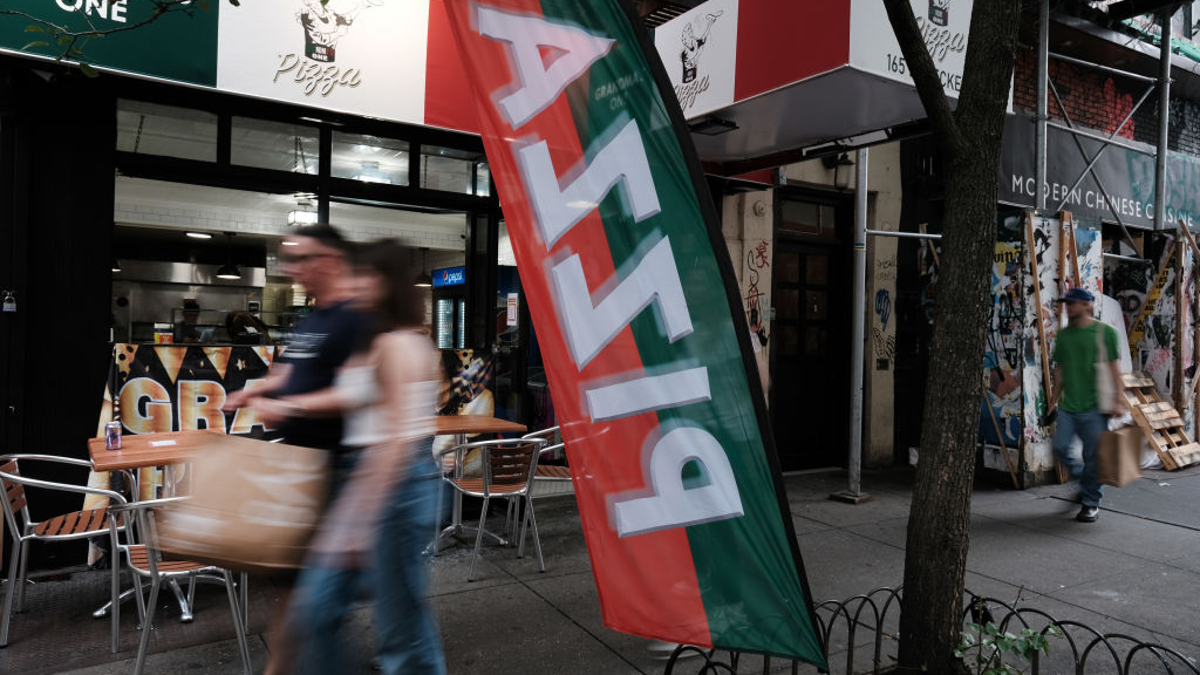
The new rule is being enforced in an attempt to curtail some of the worst emissions in the city, which has seen its air quality fluctuate in recent years. The issue might not seem particularly pressing, but given the apocalyptic scenes we saw in the city when smoke from Canadian wildfires drifted down the coast recently, it seems wise to try and mitigate any future issues.
Issues with air quality impact people in every major city in the world, especially those who come from a lower socio-economic background. Pollution in general is incredibly bad for health, as well as the environment. In a statement to CNN, a spokesperson for the NYC Department of Environmental Protection said:
“All New Yorkers deserve to breathe healthy air and wood and coal-fired stoves are among the largest contributors of harmful pollutants in neighborhoods with poor air quality. This common-sense rule, developed with restaurant and environmental justice groups, requires a professional review of whether installing emission controls is feasible.”
Wood and coal-fired stoves are particularly bad for those with conditions like asthma and can even contribute to previously healthy people developing them. Generally speaking this initiative is aimed more at promoting good lung health than it is at combating climate change, although the latter will be helped by the enforcement of the rules. This is because these ovens tend to emit “black carbon,” which is particularly dangerous for lungs and the environment. So, the rule is not because of a so-called “green agenda,” but is more aimed at improving city health.
What does the new rule actually say?

So, now we’ve cleared up the fact the city isn’t banning wood or coal-fired pizzas, we can look at what the new regulation actually says. According to city authorities, the rule means that the restaurants in question need to hire someone (an architect or engineer, most likely) to “assess the feasibility of installing emission controls on the cook stove to achieve a 75% reduction in particulate emissions.”
If that is deemed to be impossible, then the rule states that “the assessment must identify any emission controls that could provide a reduction of at least 25% or an explanation for why no emission controls can be installed.” So, as long as a restaurant can prove to the city that it’s done the requisite surveys and tried to make a change, it won’t be fined or shut down. The rule will also not go into effect until near the end of summer, so there’s plenty of time for restaurants that might have to make changes to do their research and implement a solution (or not, as the case may be).
With that said, some restaurateurs have had to take a bit of a financial hit. As per the New York Post, Paul Giannone, the owner of a pizza joint, had to spend $20,000 on a new system, although he has said the expense already has some upsides:
“It’s not just the expense of having it installed, it’s the maintenance. I got to pay somebody to do it, to go up there every couple of weeks and hose it down and you know do the maintenance. [But] My neighbors are much happier. I had a guy coming in for years complaining that the smoke was, you know, going right into his apartment and I haven’t seen him since I got the scrubber installed.”
Giannone then added that, contrary to what many others have said, adding in the new systems doesn’t affect the taste of the pizzas:
“If someone is trying to say that putting the scrubber in changes the flavor of the pizza they’re just trying to save themselves $20,000. No, it doesn’t affect what’s going on inside the oven. No, it hasn’t changed the taste. It hasn’t changed the pizza. It hasn’t changed our product at all.”
What makes a pizza from a wood fired oven better than one from other ovens?

Although taste is a subjective thing, it’s widely agreed that wood and coal-fired ovens produce the best pizzas. This is because of their startlingly high temperatures, which provides a number of benefits. The main one is that everything cooks evenly and incredibly quickly, meaning that the pizza is consistent throughout, and the toppings remain fresh and delicious, adding to a superior taste. The high temperatures also mean a moreish, smoky crust, which means a perfect mixture of crunch and softness when it comes to dough texture. Thankfully, the new regulations won’t stop any of this from being true, so New Yorkers can continue to brag about their pies to the rest of the world.
What makes New York style pizza different?
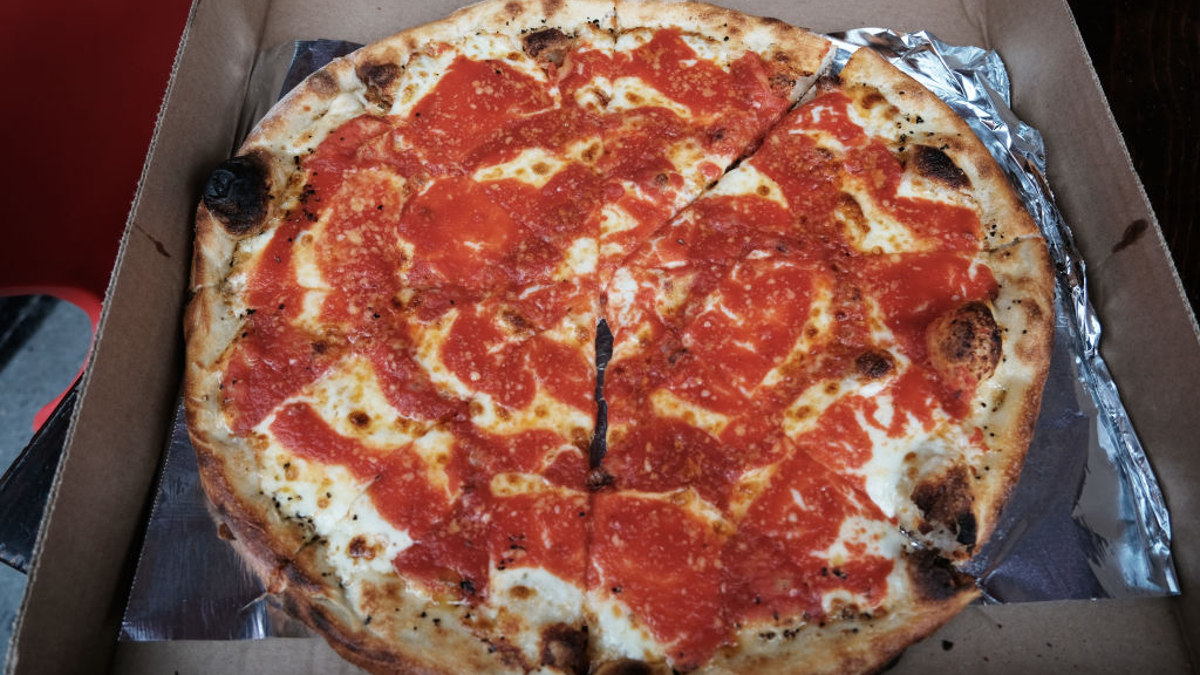
New York style pizza is known for its thin, stretchy base, which translates to huge pizzas that are sliced and often eaten while folded (as shown expertly by Adam Sandler in Big Daddy). According to some estimates, there are more than half a million pizzas consumed in New York every day. This translates to over 18 million per year, which is a heck of a lot of pies. And, despite what right wing culture warriors are saying, that will continue even with the new regulations in place.

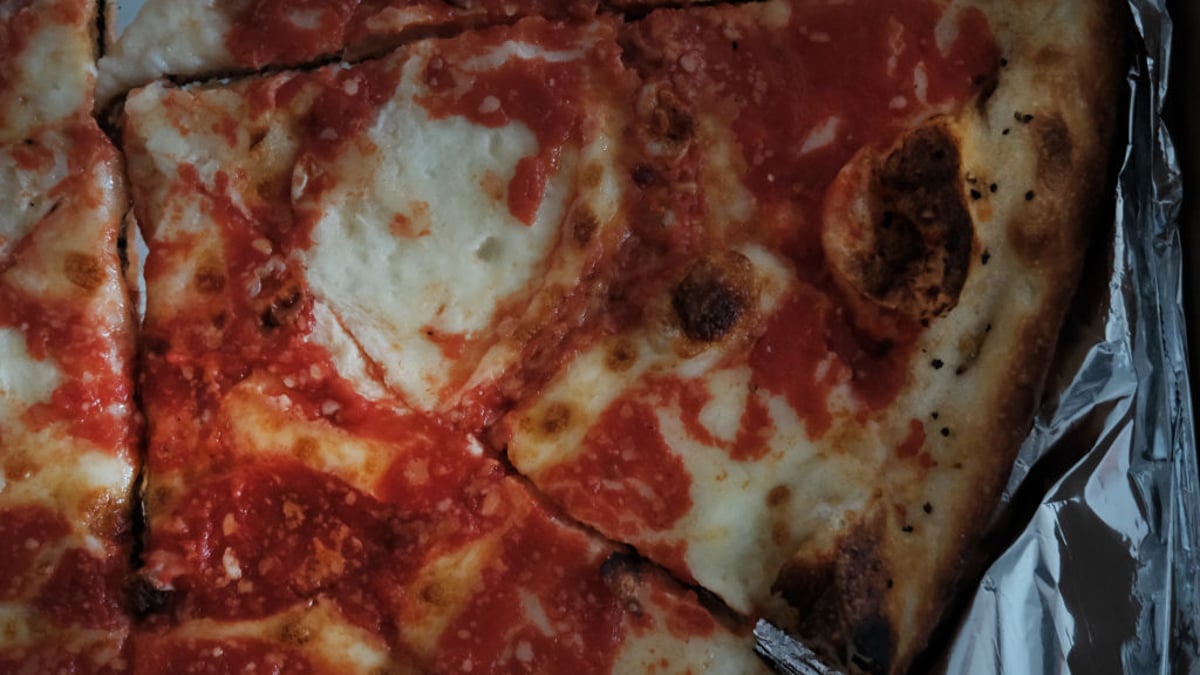
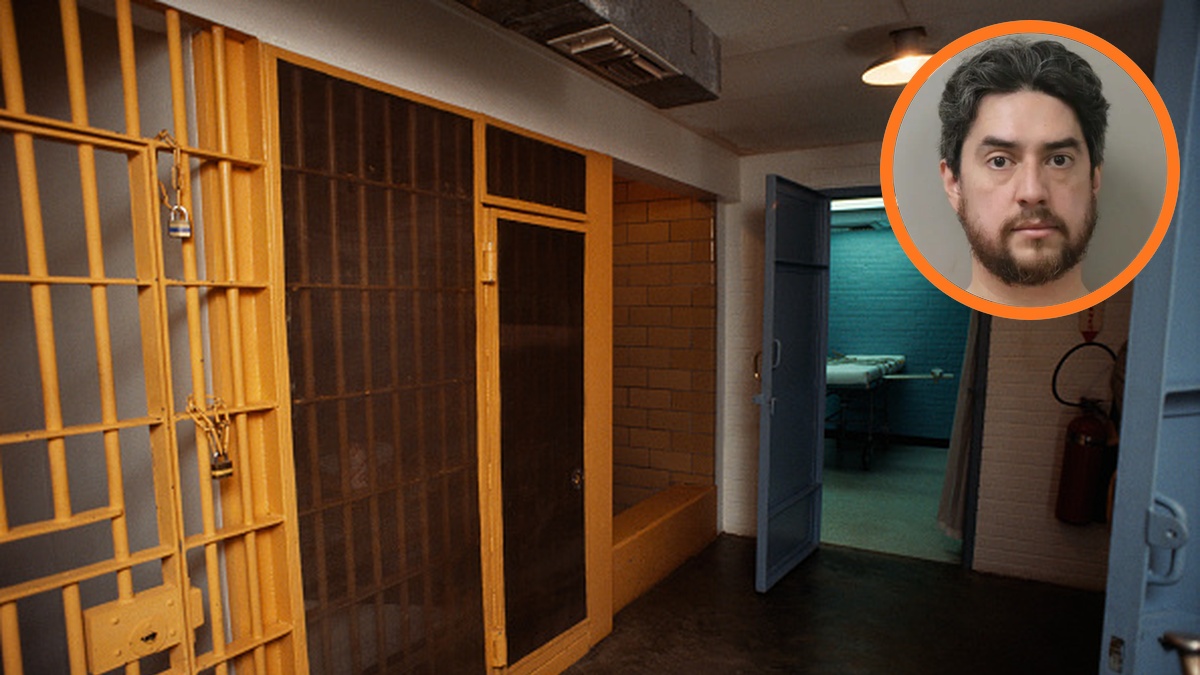

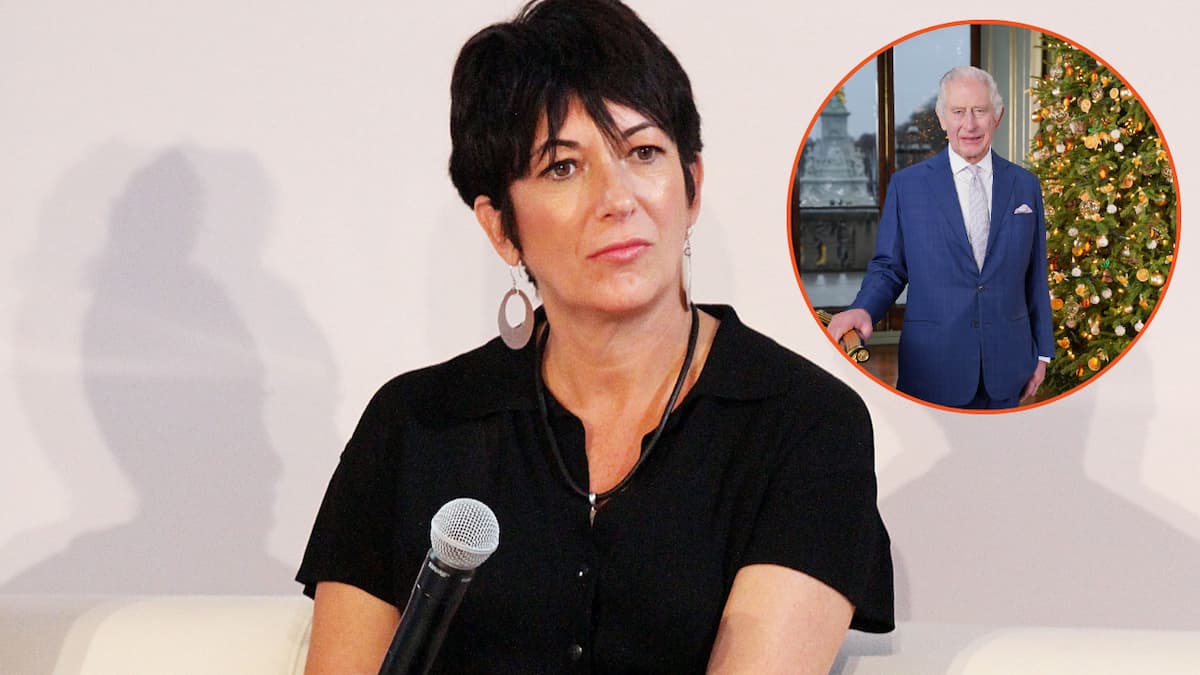

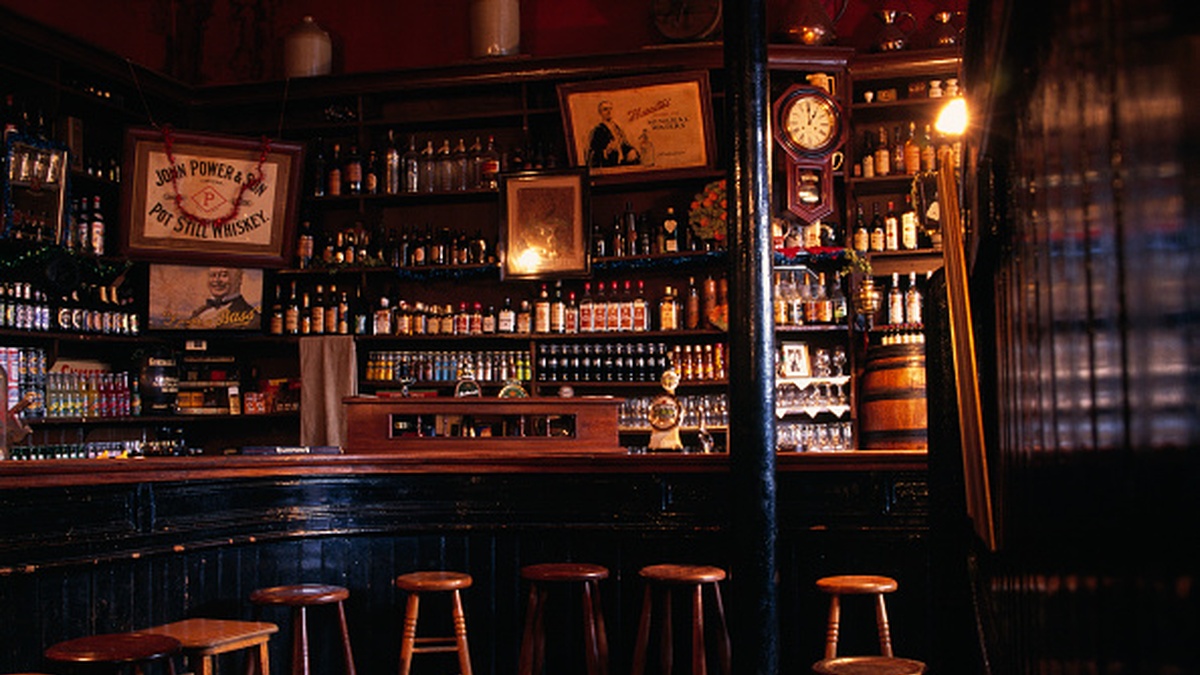
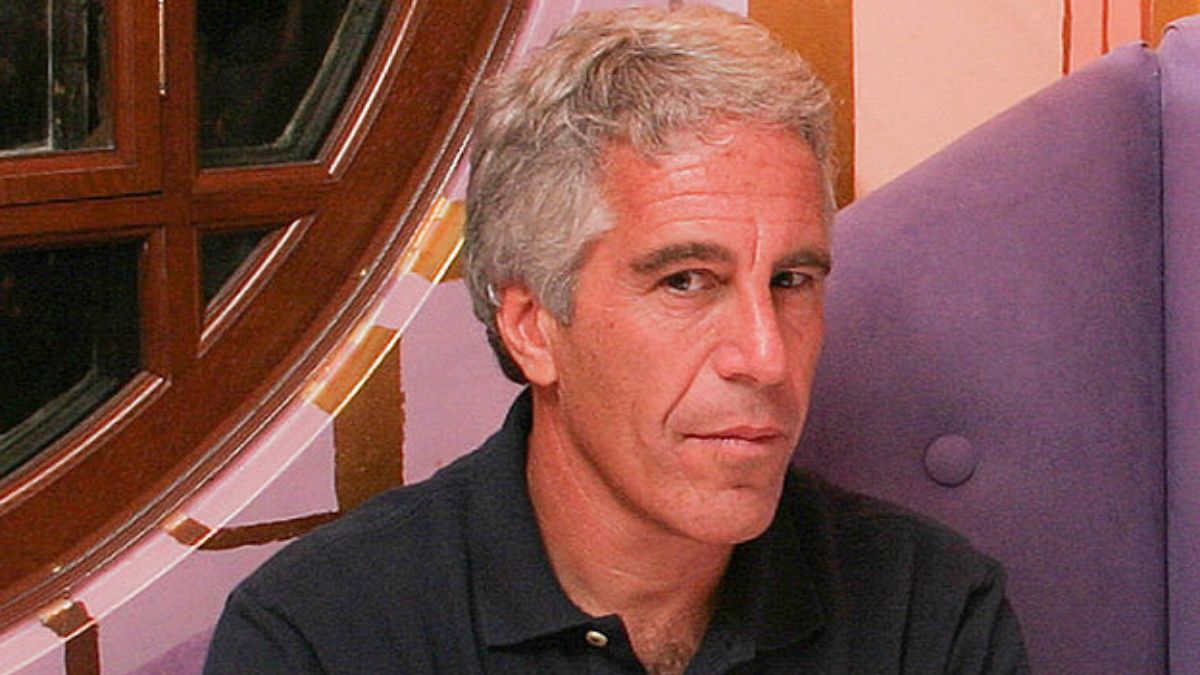
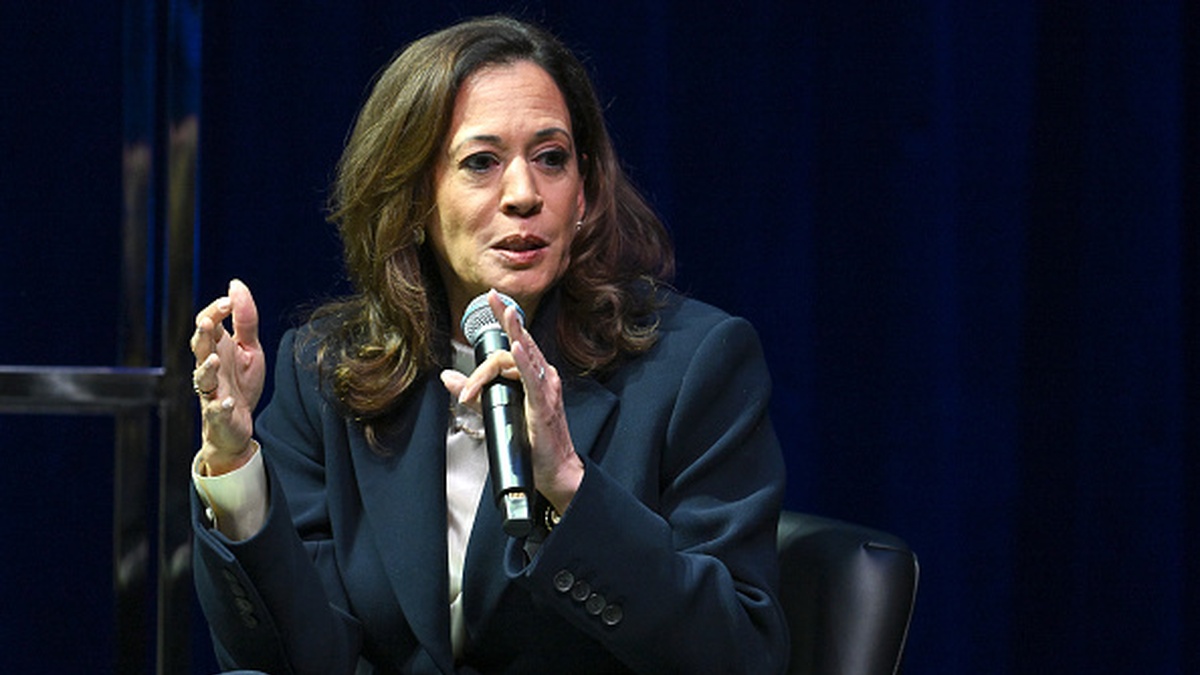
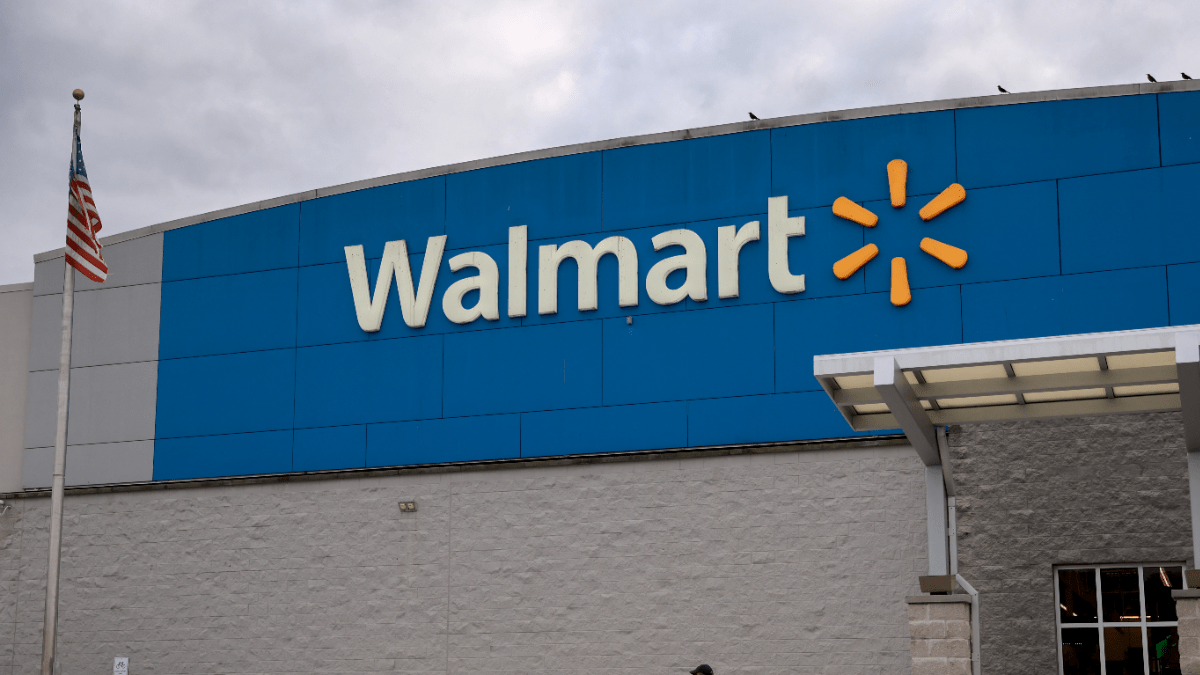
Published: Jun 28, 2023 04:18 pm